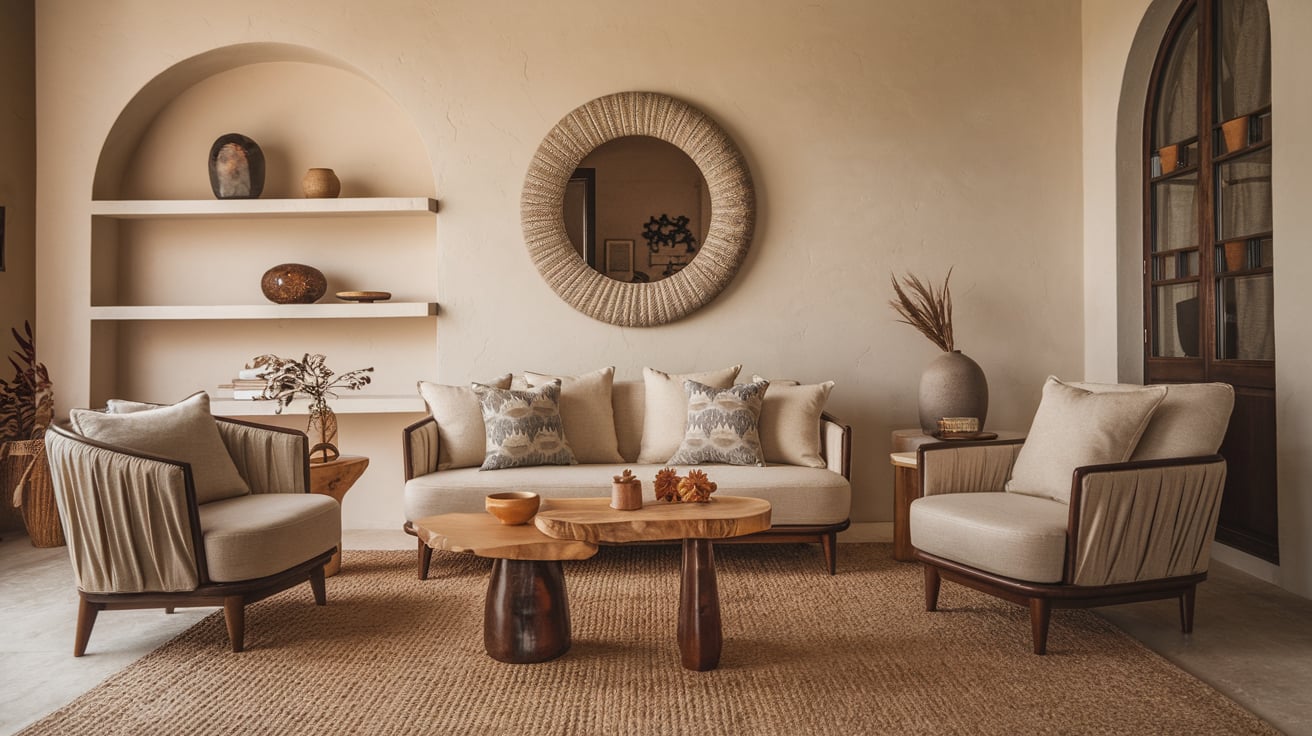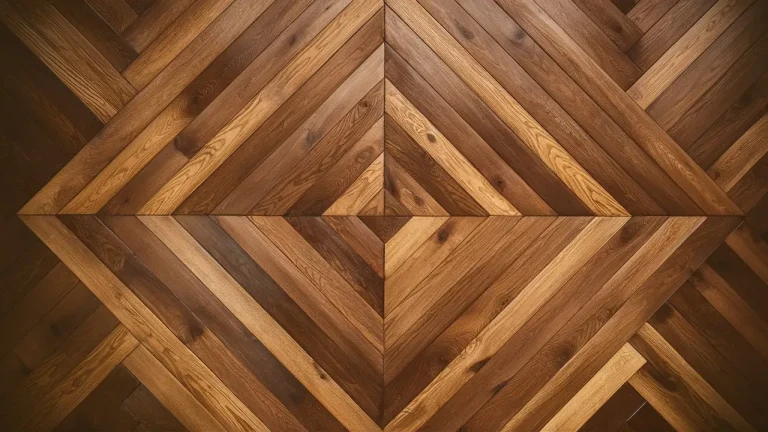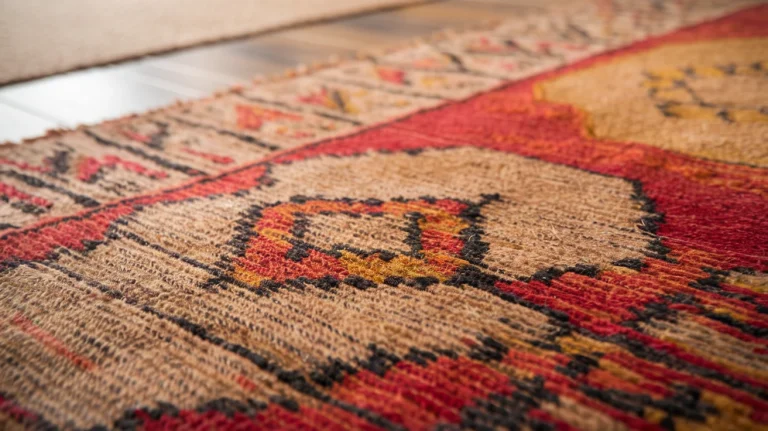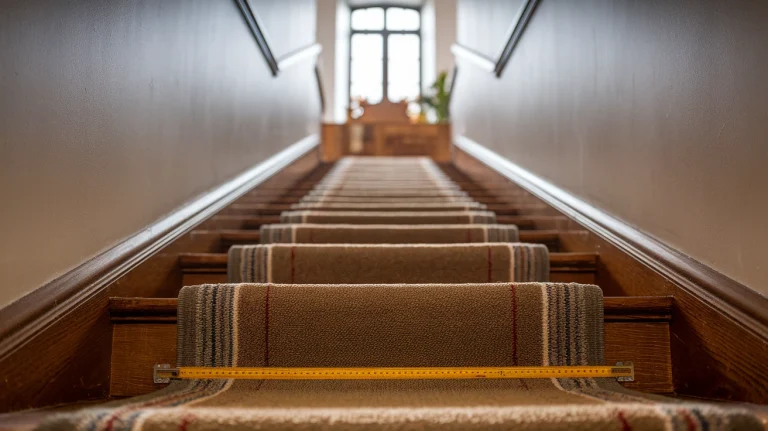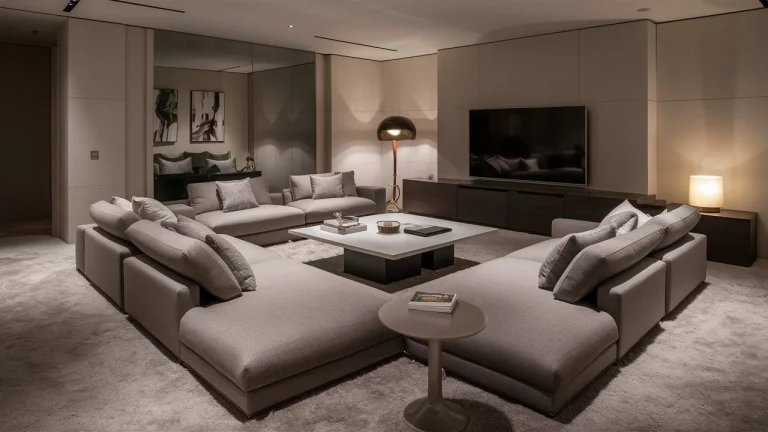Selecting a home decor theme is both exciting and tough. It can make your space feel personal. Whether you’re moving in or updating, the right theme matters. It ensures a warm, inviting environment. This guide will help. We’ll share expert tips to create the perfect atmosphere.
Understanding Your Personal Style
Before you explore home decor themes, first, understand your personal style. This knowledge will guide you. It ensures your theme matches your personality and preferences.
Tip: Take some time to reflect on your favorite colors, patterns, and materials. These preferences can be a great starting point for your home decor theme.
Exploring Interior Design Styles
Interior Design Style Matcher
Which room do you prefer?
Interior design styles range from classic to contemporary, each with its unique characteristics. Some popular styles include:
- Modern: Clean lines, minimalism, and a focus on functionality
- Traditional: Elegant, timeless designs with rich colors and ornate details
- Rustic: Natural materials, warm tones, and a cozy, lived-in feel
- Bohemian: Eclectic, free-spirited designs with vibrant colors and patterns
- Industrial: Raw materials, exposed elements, and a utilitarian aesthetic
Take time to research these and other styles to identify which ones resonate with you the most.
Identifying Your Home Aesthetics Preferences
Consider the following questions to help pinpoint your aesthetic preferences:
- What colors make you feel most comfortable?
- Do you prefer clean, minimalist spaces or cozy, layered environments?
- Are you drawn to natural materials or sleek, modern finishes?
- How important is incorporating technology into your living spaces?
Balancing Form and Function in Home Design
While aesthetics are important, don’t forget to consider functionality. Your home should not only look good but also serve your practical needs. Think about how you use each space and what features would make your daily life easier and more enjoyable.
Gathering Home Decor Inspiration
Once you have a general idea of your style preferences, it’s time to gather inspiration for your home theme.
Online Resources for Theme Ideas
The internet is a treasure trove of home decor inspiration. Explore platforms like:
- Pinterest: Create boards for different rooms or styles (Check out board on Pinterest about Different Interior Designs)
- Instagram: Follow interior designers and home decor accounts
- Houzz: Browse professional photos and connect with designers
- Design blogs: Read about the latest trends and timeless designs
Creating Mood Boards
Mood boards are an excellent tool for visualizing your theme ideas. Collect images, color swatches, and material samples that represent your desired aesthetic. This visual representation will help you refine your theme and make cohesive design decisions.
Considering Architectural Elements
Take into account the architectural features of your home, such as:
- Ceiling height
- Window placement and size
- Flooring materials
- Built-in elements (fireplaces, shelving, etc.)
These elements can influence your theme selection and help you create a more harmonious design.
Selecting Your Home Theme
With inspiration in hand, it’s time to narrow down your options and select a cohesive theme for your home.
Choosing a Color Scheme for Your Home
Your color palette is a crucial component of your home theme. Consider these approaches:
- Monochromatic: Variations of a single color
- Complementary: Colors opposite each other on the color wheel
- Analogous: Colors adjacent to each other on the color wheel
- Neutral base with pops of color: A safe and versatile option
Remember that colors can affect mood and perception of space, so choose wisely for each room.
Incorporating Textures and Patterns
Textures and patterns add depth and interest to your home theme. Mix and match different elements such as:
- Smooth and rough textures
- Geometric and organic patterns
- Matte and glossy finishes
Be mindful of balance – too many competing textures or patterns can overwhelm a space.
The Role of Lighting in Setting the Mood
Lighting plays a crucial role in bringing your theme to life. Consider:
- Natural light: Maximize it where possible
- Ambient lighting: Create a general glow throughout the space
- Task lighting: Focused light for specific activities
- Accent lighting: Highlight architectural features or artwork
Choose light fixtures that complement your theme and enhance the overall ambiance.
Implementing Your Theme Room by Room
Now that you have a solid foundation for your home theme, let’s explore how to implement it in different areas of your home.
Living Spaces: Creating a Welcoming Atmosphere
Your living room is often the heart of the home and sets the tone for your entire theme. Focus on:
- Comfortable seating arrangements
- A focal point (e.g., fireplace, large window, or statement art piece)
- Layered lighting for different moods and activities
- Accessories that reflect your personality and theme
Bedrooms: Personalizing Private Areas
Bedrooms should be a reflection of individual tastes while maintaining the overall home theme. Consider:
- Soothing color palettes for relaxation
- High-quality bedding that complements your theme
- Personal touches like family photos or cherished mementos
- Adequate storage to maintain a clutter-free space
Kitchen and Dining: Blending Style with Functionality
The kitchen and dining areas should balance aesthetics with practicality. Focus on:
- Durable, easy-to-clean surfaces that fit your theme
- Cohesive cabinetry and hardware
- Stylish yet functional lighting
- Decorative elements that don’t impede workflow
Bringing Your Theme to Life
With your theme selected and a plan for each room, it’s time to bring your vision to life.
Furniture Selection Tips
Choose furniture that aligns with your theme and meets your functional needs:
- Stick to a consistent style or mix complementary styles
- Consider scale and proportion in relation to your space
- Invest in quality pieces for high-use areas
- Look for multifunctional furniture for smaller spaces
Accessorizing to Enhance Your Theme
Accessories are the finishing touches that truly bring your theme together:
- Use throw pillows, rugs, and curtains to add color and texture
- Display artwork that complements your theme
- Incorporate plants for a natural, fresh element
- Choose decorative objects that tell a story or hold personal meaning
Seasonal Decorating Strategies
Keep your home theme fresh by incorporating seasonal changes:
- Switch out throw pillows and blankets
- Update window treatments
- Rotate artwork or photos
- Add seasonal plants or floral arrangements
Conclusion: Crafting a Harmonious Home Ambiance
Selecting and implementing a cohesive home decor theme is a journey of self-expression and creativity. By understanding your personal style, gathering inspiration, and thoughtfully applying your chosen theme throughout your home, you can create a living space that not only looks beautiful but also feels uniquely yours. Remember that home theme selection is an ongoing process – don’t be afraid to evolve your design as your tastes and needs change over time.
FAQ
- How often should I update my home’s theme? There’s no set rule, but consider refreshing elements of your theme every 3-5 years to keep your space feeling current and aligned with your evolving tastes.
- Can I mix different interior design styles? Absolutely! Mixing styles can create a unique and personalized look. The key is to find common elements that tie different styles together, such as color palette or material choices.
- How do I create a cohesive theme in an open-plan living space? Use consistent color schemes, repeating elements, and complementary furniture styles throughout the space. Area rugs and strategic furniture placement can help define different zones while maintaining overall cohesion.
- What’s the best way to transition between themed rooms? Use connecting elements like consistent flooring, wall colors, or architectural details. Gradually introduce elements of the new theme as you move from one room to another.
- How can I incorporate trendy elements without compromising my overall theme? Introduce trendy items through easily changeable accessories like throw pillows, art prints, or small decor pieces. This allows you to experiment with current trends without committing to major changes in your core theme.

